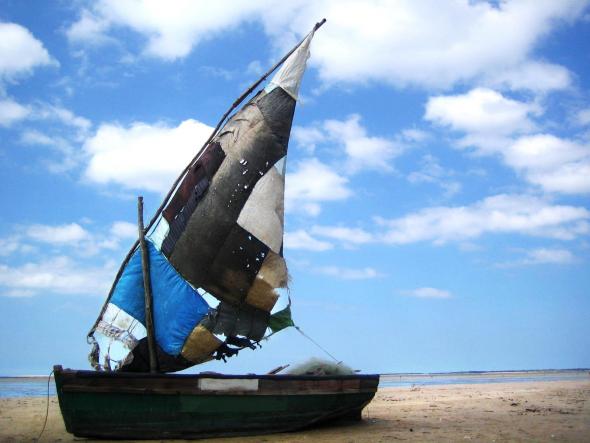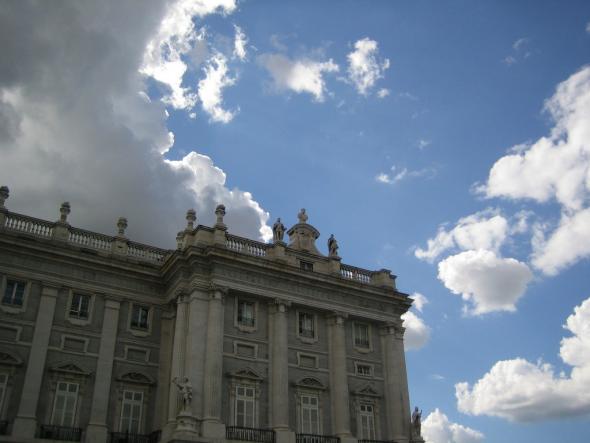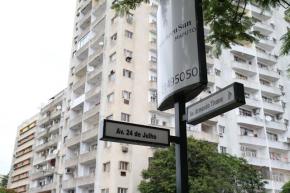Around 375 miles
After some back and forth travelling Lisbon-Madrid-Lisbon and some other back and forth travelling Maputo-Johannesburg-Maputo, I started finding linkage points between the voyage in the European Southwest and the voyage in the African Southeast. Both courses are about 375 miles long, from country to country, from capital to capital; syntonizing into another idiom when crossing the border, changing the bank notes for others – a step no longer necessary in the Iberian Peninsula. These are voyages in longitude, to the Orient: Madrid and Maputo; to the Occident: Lisbon and Johannesburg.
By airplane, 45 minutes will do, but no more can be seen apart from clouds and airports. You can also take the train, but those are crooked lines, not straight to the point. In no hurry of arriving, the best is taking the road, being able to feel the distance scattered by the hours that move forward on the asphalt. The roads are good and the landscape is beautiful, unfolding on the windshields at ‘x’ miles per hour: motion picture in 3D, with aromas and trembling seat.
 photo by Nuno Milagre
photo by Nuno Milagre
It is normal that in some corners of the planet, road travelling, when we edge away from the urbanity, when no cars pass, nor are there houses nor people; where there is only field, only bushes, it sometimes seems that the landscape running outside could locate in other far corners of the globe. The non-humanized landscape is universal and has linkage points in both hemispheres: the same kind of relief, water courses, prairies, similar bushes and a wind indistinguishable from other winds, in its movement with no apparent cause.
Boane’s area may seem the territory before or after Navalmoral, and near Estremoz we could, after all, be in Mpumalanga’s region.
If we landed without references in some selected places in South Africa, Spain, Mozambique or Portugal, in areas with the minimum traces of its inhabitants, we could easily be fooled into swearing we were in another continent.
During the travelling hours, we can distract ourselves collecting geographical symmetries, but arriving to the cities, even with the eyes closed, the differences leap to the eye.
In Madrid, there is the Plaza de Oriente. It is said that it was named like this due to being placed east of the Royal Palace, built where once stood the ancient Alcazar – devoured by a fire that consumed it over more than three days.
 photo by Nuno Milagre
photo by Nuno Milagre
East of Plaza de Oriente, stands the hexagonal Royal Theatre, heterodox geometry of Madrid’s Opera Theatre. Between the Palace and the Theatre, a baroque style garden with statues of Visigoth and Catholic kings. These and other statues were made to stand in the superior cornice of the Royal Palace, but according to the legend, the Lisbon-born Spanish queen Maria Barbara de Braganza, wife of the Castilian king Fernando VI, dreamed, in the quietness of the Palace, of the roaring collapse of the cornice under the weight of the royal statues, and of these tumbling down to the ground. In the presence of such apocalyptical nightmare and other political conveniences, only a few stone figures had the honour of living at the top of the Palace, with a view to the cardinal points. Most of them stayed by the ground floor, in the square’s garden, others were scattered throughout the capital and several cities of Spain.
Neighbouring Nelson Mandela’s bridge, Johannesburg’s Oriental Plaza is so different from Madrid’s that they only relate to each other in their oriental name. Here, the Oriental Plaza is a large commercial space with open and covered areas. Some kind of gross and retail sales outlet where anything can be found. A large Oriental product’s bazaar with very affordable prices justifying its announcement as: the Mecca Price. In more than three hundred stores of the Oriental Plaza we find hairdressers, movies and music, electronic, currency exchange offices, restaurants, furniture, fabrics and clothes, mini-markets, lingerie, portable phones, jewellery; and much more!
Compared to Spain, South Africa has a more pronounced and older connection with the Orient. Long before Johannesburg existed, from the end of the 17th Century on, the Dutch dislocated to Cape Town thousands of Far Eastern slaves – halfway the next Century there were more slaves than European in the Cape region. Misleadingly presented as a country in black and white, South Africa has a very cosmopolitan society where large Indian, Malayan, Javanese and other communities have been living for generations. They are more than a million of South African citizens who are neither the country’s blacks nor whites.
Johannesburg is a new city, slightly more than a hundred-years-old, but it surely is one of the world’s cities with bigger diversity of foreign origin communities. It grew with successive immigrant waves coming from Europe, the whole of the African Continent and from many Middle Eastern and South-Asian countries: from Lebanon to Indonesia. Some came looking for gold and fortune, others to work at the mines, doing someone else’s fortune. The gold reserves in the region of Johannesburg exhausted - the mines are actually thematic parks for tourists – but new immigrants keep coming to stay in this metropolis, which still exerts a strong attractive power.
Synchronized Politics
Alike the two oriental squares of Madrid and Johannesburg, Lisbon and Maputo also have two avenues with the same name: ‘Avenida 24 de Julho’ (24th of July Avenue). The names relate to the same day in different years. Lisbon’s July 24, 1833, celebrates the entrance of the ‘liberal’ troops under the command of Terceira’s Duke in the city. In Maputo, until the country’s independence, July 24 signalled the date when, mediating a dispute between Portugal and England, the French President, Patrice Mac-Mahon, ruled in favour of Portugal possession of the Mozambique’s southern territory coveted by the British Empire. The 24th of July named the Avenue and also became the municipal holiday, the day of the city of Lourenço Marques, Maputo’s designation in the colonial era.
 photo by Vasco CostaBy the hand of another President, the first one of the Republic of Mozambique, Samora Moisés Machel, a month after the country’s independence, the Nationalization’s Act was published: in July 24, 1975. Indeed a sharp aim, a new historical occurrence, precisely a hundred years after Mac-Mahon’s decision in 1875.
photo by Vasco CostaBy the hand of another President, the first one of the Republic of Mozambique, Samora Moisés Machel, a month after the country’s independence, the Nationalization’s Act was published: in July 24, 1975. Indeed a sharp aim, a new historical occurrence, precisely a hundred years after Mac-Mahon’s decision in 1875.
After the independence, many names of Mozambican cities and almost all the names of streets, squares and avenues of the villages were changed. But with this irreproachable political synchronism between Machel and Mac-Mahon, the name of the ‘Avenida 24 de Julho’ in Maputo was kept, only the event changed. One less street to change plaques – and they would have been many, for the Avenue is very long, starting in the upper town and ending only at the roundabout which already directs us into the highway to Johannesburg.
Steering to Madrid or Johannesburg is going to the big and dangerous city; where we can loose ourselves or discover fame and glamour, away from the sea, the beaches and the good living, with a continental dry climate. They are much more modern cities, filled with novelties, modernities and temptations, big cultural production centres and with flights to almost everywhere.
Steering to Maputo and Lisbon means going to the more relaxed side of the continents: fewer rules and organization, the ocean’s winds providing a cleaner air, smaller cities with less millions in population or money, but bearing palm trees in the Boulevard along the Indic shore or the belvederes to stretch the view beholding the river Tagus. With softer temperatures throughout the whole year, metropolis ma non troppo, wisely nurturing the dolce far niente. And the sea just aside, beaches, fresh shellfish and fish.
To one side, to the other, to the other or the other, it’s well worth it doing the 375 miles.
Originally published in Fugas’ magazine for the newspaper Público, in September 2008